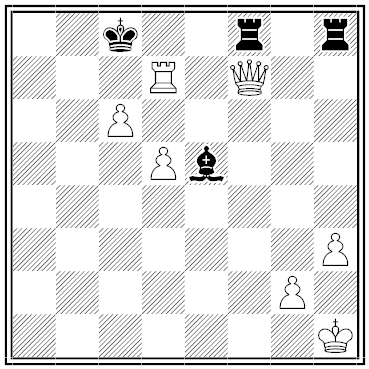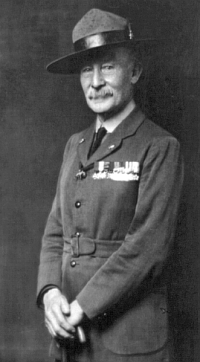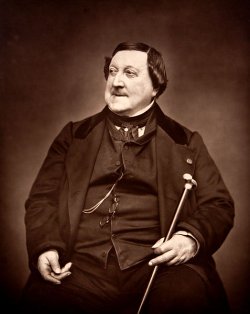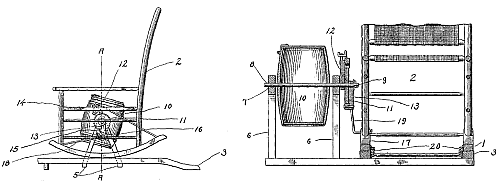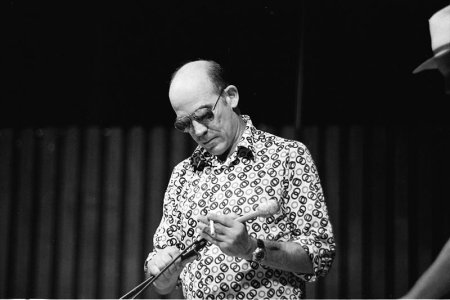
John Dryden agreed to serve as judge in an impromptu poetry competition among a group of friends, including the Duke of Buckingham, the Earl of Rochester, and Lord Dorset.
All the contestants worked thoughtfully at their entries except for Lord Dorset, who wrote two or three lines and passed them to Dryden almost immediately.
When everyone had finished, Dryden reviewed their submissions, and he smiled when he reached Dorset’s. “I must acknowledge,” he said, “that there are abundance of fine things in my hands, and such as do honor to the personages who wrote them, but I am under the indispensable necessity of giving the highest preference to Lord Dorset. I must request you will hear it yourselves, gentlemen, and I believe each and every one of you will approve my judgment:
I promise to pay John Dryden,
or order on demand,
the sum of five hundred pounds.
Dorset.
“I must confess that I am equally charmed with the style and the subject,” Dryden said. “This kind of writing exceeds any other, whether ancient or modern.”

